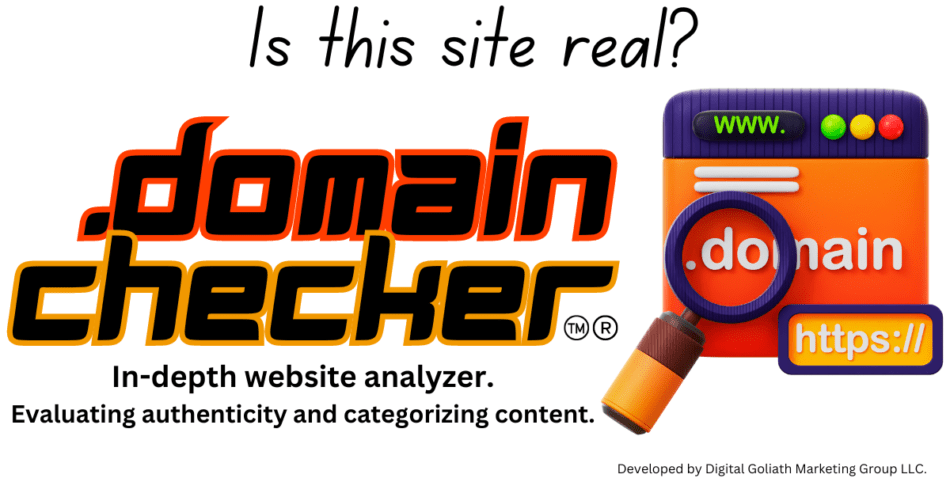Title tags and meta descriptions are crucial elements in HTML code that inform search engines and users about the content of a webpage. Title tags are displayed in search engine results as the clickable headline for a given result and are important for usability, SEO, and social sharing. They should be concise and contain relevant keywords.
Meta descriptions provide a brief summary of the content on a page and are often used by search engines in the search results to display a snippet for the page. While not a direct ranking factor, they influence click-through rates and user engagement.
In the digital age, where search engines are the gateways to the internet, understanding the intricacies of webpage optimization is crucial. Among various elements, title tags and meta descriptions play pivotal roles. They are not just mere snippets of HTML code; they are powerful tools that can significantly impact a website’s search engine ranking and click-through rates.
Title Tags: Your Webpage’s Headline
What Are Title Tags?
Title tags are HTML elements that specify the title of a webpage. They appear as clickable headlines in search engine results pages (SERPs) and are fundamental in guiding both users and search engines about the content of your page.
Why Are They Important?
- SEO Impact: Title tags are a critical factor in search engine algorithms. They help determine the relevancy of a webpage to a search query.
- User Engagement: A well-crafted title tag can entice users to click on your link in the SERPs.
Crafting Effective Title Tags
- Optimal Length: Aim for 50-60 characters to ensure your titles display fully in SERPs.
- Keyword Relevance: Include relevant keywords towards the beginning of the title.
- Clarity and Appeal: Make it clear and appealing to encourage clicks.
Meta Descriptions: The Art of First Impressions
Understanding Meta Descriptions
Meta descriptions provide a brief summary of the webpage’s content. While they don’t directly influence search engine rankings, they’re essential for attracting user clicks.
The Indirect SEO Influence
Meta descriptions can significantly affect a site’s click-through rates (CTRs). A compelling description can entice users to visit your webpage, indirectly boosting its relevance and ranking in search engines.
Writing Compelling Meta Descriptions
- Length Matters: Aim for 150-160 characters to avoid truncation in SERPs.
- Incorporate Keywords: While not as crucial as in title tags, relevant keywords can make descriptions more appealing.
- Call to Action: Encourage users to click with a clear call to action.
Synergizing Title Tags and Meta Descriptions
These two elements should work in harmony. A coherent message between the title tag and meta description can create a compelling narrative that increases the likelihood of clicks and user engagement.
Practical Implementation
Tools and Techniques
- Utilize SEO tools like Google’s Search Console for insights and optimization suggestions.
- Employ CMS plugins or website builder tools for easy editing and optimization of these elements.
Common Pitfalls
- Avoid keyword stuffing.
- Don’t use duplicate tags and descriptions across multiple pages.
- Regularly update your tags and descriptions to ensure relevance.
Real-World Examples and Case Studies
Illustrating successful implementations of title tags and meta descriptions can provide practical insights. For instance, a study might show how a webpage improved its CTR by 20% simply by optimizing its title tag and meta description.
Recap
Title tags and meta descriptions are more than just HTML elements; they are essential components of a successful SEO strategy. By understanding and effectively utilizing these tools, webmasters can significantly improve their site’s visibility and user engagement. As the digital landscape evolves, keeping abreast of best practices in these areas remains a key to online success.
This comprehensive approach provides immediate answers to the initial query, followed by a detailed exploration for those seeking deeper understanding or practical implementation tips.


